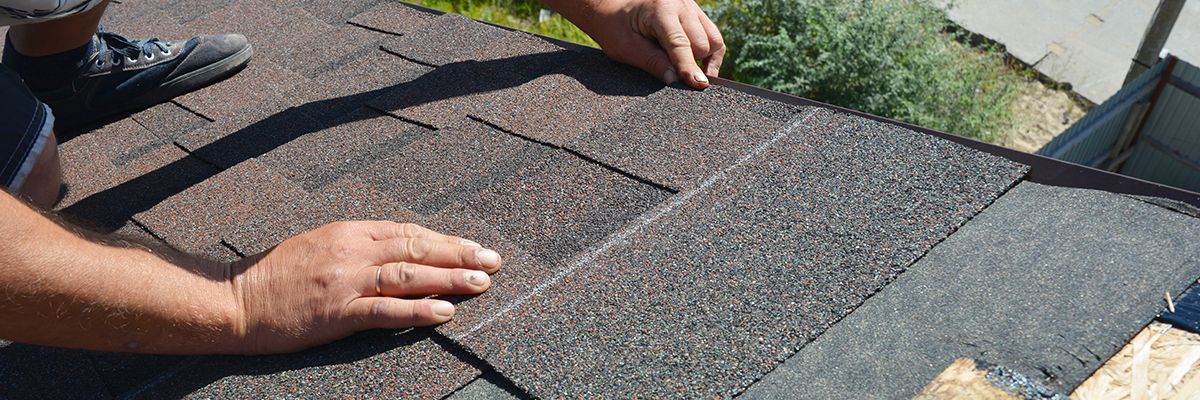Imagine this: a massive thunderstorm just rolled through Newtown. Hail the size of golf balls. The next morning, a homeowner, let's call him Dave, walks outside with his coffee and sees it—a handful of asphalt shingles scattered across his lawn. His heart sinks. He knows he needs a roofer and he needs one fast. What’s the very first thing he does?
He pulls out his phone. He doesn't flip through a phone book. He doesn't ask the neighbor he barely knows. He types "roofer near me" or "emergency roof repair Newtown" into Google.
At that moment, your roofing company has a chance to be the hero of Dave's story. But if your online presence is weak or worse, nonexistent, you don't even get to audition for the part. You're invisible. This is where a powerful, well-crafted roofing website comes in. It’s no longer a digital business card; it’s your 24/7 salesperson, your lead-generating machine and your primary handshake with every potential customer in your service area.

